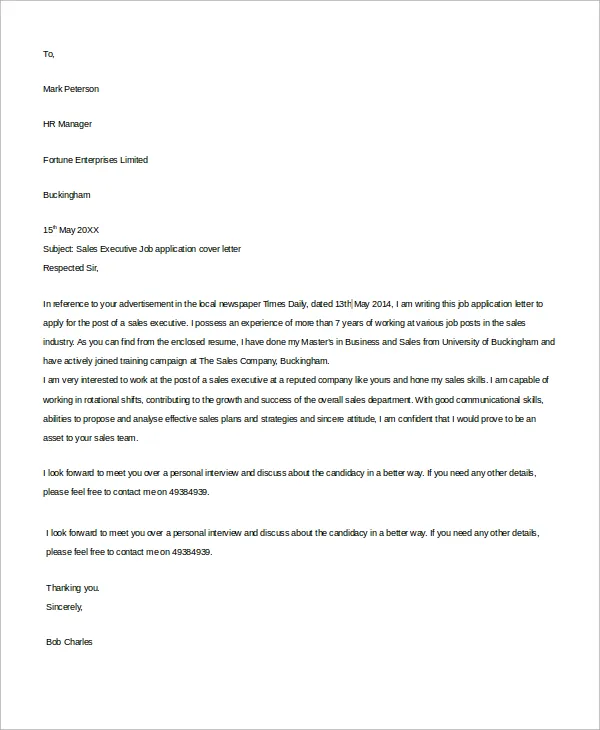Why a Cover Letter Matters
In the competitive job market, a well-crafted cover letter can be your secret weapon. It provides an opportunity to go beyond your resume and showcase your personality, skills, and enthusiasm for the specific role and company. While a resume presents your qualifications, the cover letter explains why you’re the perfect fit, connecting your experience to the employer’s needs. It demonstrates your writing skills, attention to detail, and genuine interest – all crucial elements in securing an interview. Ignoring a cover letter can be a missed opportunity to make a strong first impression and differentiate yourself from other applicants. A compelling cover letter can significantly increase your chances of landing an interview and ultimately, the job.
Key Components of a Strong Cover Letter
A powerful cover letter consists of several essential sections. First, the header should include your contact information and the date. Then, address the hiring manager professionally, if their name is known. The opening paragraph must immediately grab the reader’s attention, clearly state your purpose for writing, and briefly mention the position you’re applying for. The body paragraphs should showcase your relevant skills and accomplishments, providing specific examples to support your claims. Use action verbs to make your achievements more impactful. Finally, the closing paragraph should express your enthusiasm for the opportunity and include a clear call to action, such as requesting an interview. Remember, each section plays a vital role in conveying your qualifications and enthusiasm.
Header Section Details
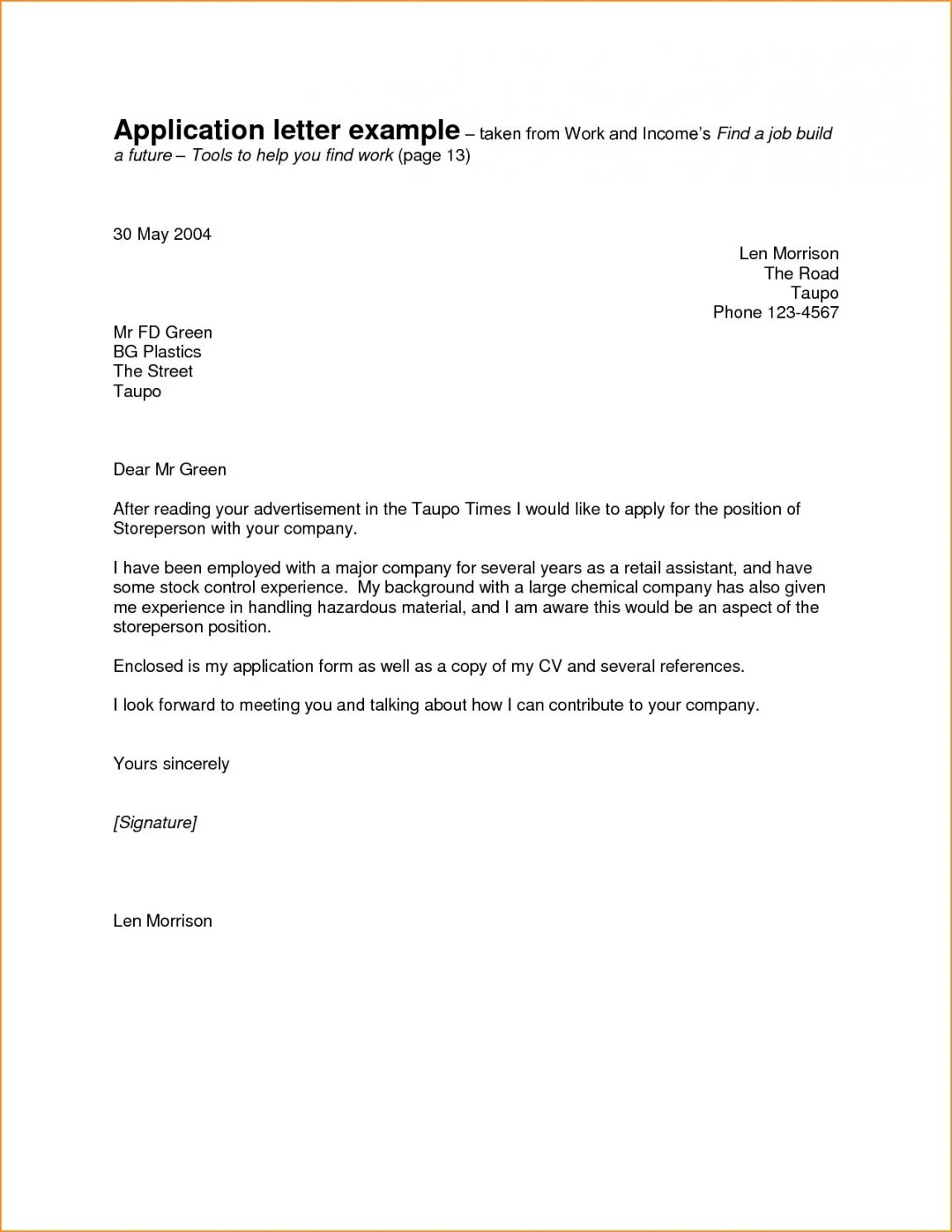
The header section of your cover letter sets the professional tone. It starts with your contact information: your name, phone number, email address, and optionally, your LinkedIn profile URL. Ensuring this information is accurate and easy to find is crucial, as this is how recruiters will reach you. Following your contact details, include the date you are writing the letter. This date is important for tracking the application and is a standard practice in professional correspondence. Proper formatting and clear presentation of your header immediately establish your attention to detail and professionalism, which is a key element in making a positive first impression.
Your Contact Information
Include your full name at the top, followed by your phone number. Make sure the phone number is one you regularly check, as you don’t want to miss a call regarding the job application. Next, provide a professional-looking email address; avoid using nicknames or unprofessional email addresses. Finally, consider including a link to your LinkedIn profile. This allows the hiring manager to quickly learn more about your professional background and accomplishments. Ensure your LinkedIn profile is up-to-date and presents you favorably, reflecting the details provided in your cover letter and resume. Accuracy and professionalism are key when providing your contact details.
Date of the Letter
Beneath your contact information, include the date the cover letter is written. This date helps the recruiter know when the application was sent. The date should be formatted correctly, using the standard format expected in your region. This small detail highlights your attention to detail, and it is crucial for proper documentation and management of the application. While it may seem minor, using the correct date helps to establish a professional tone and shows that you pay attention to the little things.
Hiring Manager’s Information
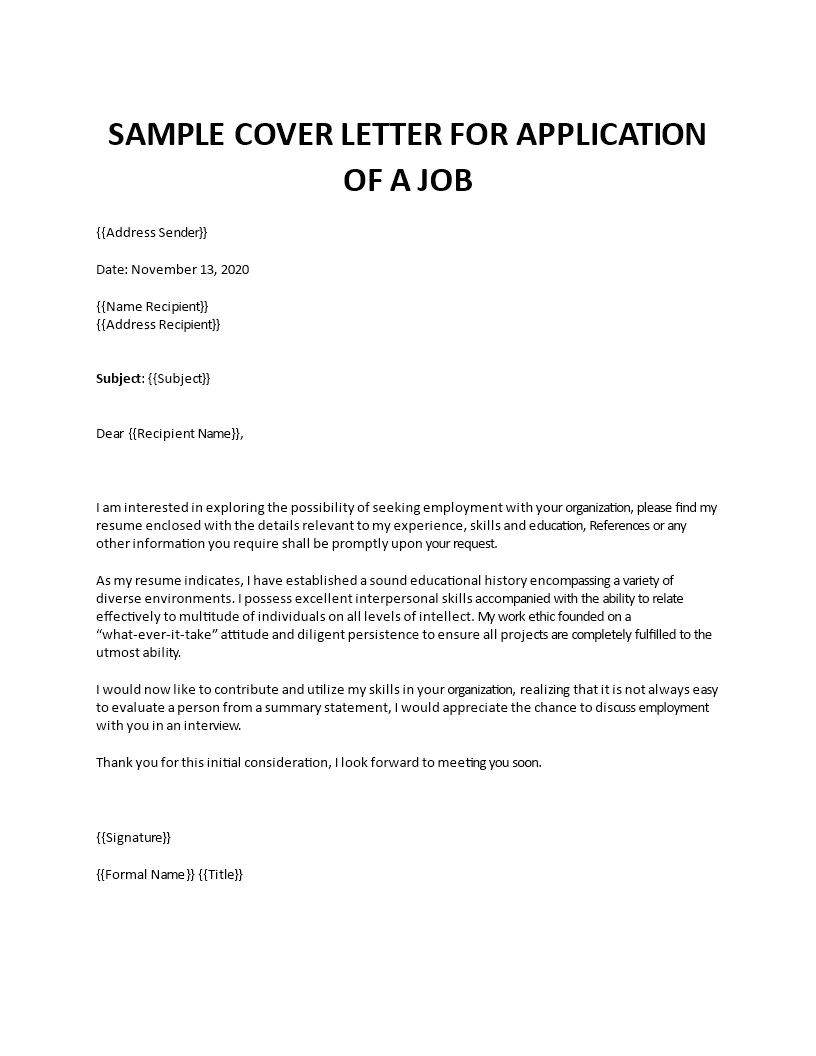
If you know the name of the hiring manager, address your cover letter to them directly. Researching the company and finding out the name of the person who will be reviewing applications demonstrates initiative and respect. Addressing the cover letter to a specific person makes it feel more personal and shows that you’ve put in the effort to learn about the company. If you are unable to determine the name, use a professional greeting such as “Dear Hiring Manager”. This shows your respect for the person who will be reviewing your cover letter. Ensure you double-check the correct spelling and title of the person you are addressing the cover letter to.
Opening Paragraph Tips
The opening paragraph is your first chance to make an impression, so grab the reader’s attention immediately. Avoid generic openings like “I am writing to express my interest…” Instead, start with a brief, compelling statement about why you’re interested in the company or the specific role. Clearly state the position you are applying for, mentioning where you found the job posting. You can also hint at your most relevant skill or accomplishment that aligns with the job requirements. Keep it concise and focused, aiming to hook the reader and encourage them to continue reading. A strong opening creates a positive first impression and motivates the hiring manager to learn more about your qualifications.
Grab Their Attention Immediately
To capture the hiring manager’s attention, consider starting with a statement that highlights your enthusiasm for the company or the role. You could mention a recent achievement, a key skill, or a specific project that directly relates to the job description. Another approach is to share a brief story or anecdote that illustrates your passion and relevant skills. Always keep the focus on the value you can bring to the company. Make sure your opening is relevant to the job and demonstrates that you understand the company’s needs and values. A strong opening paragraph sets the tone for the rest of your cover letter.
Clearly State Your Purpose
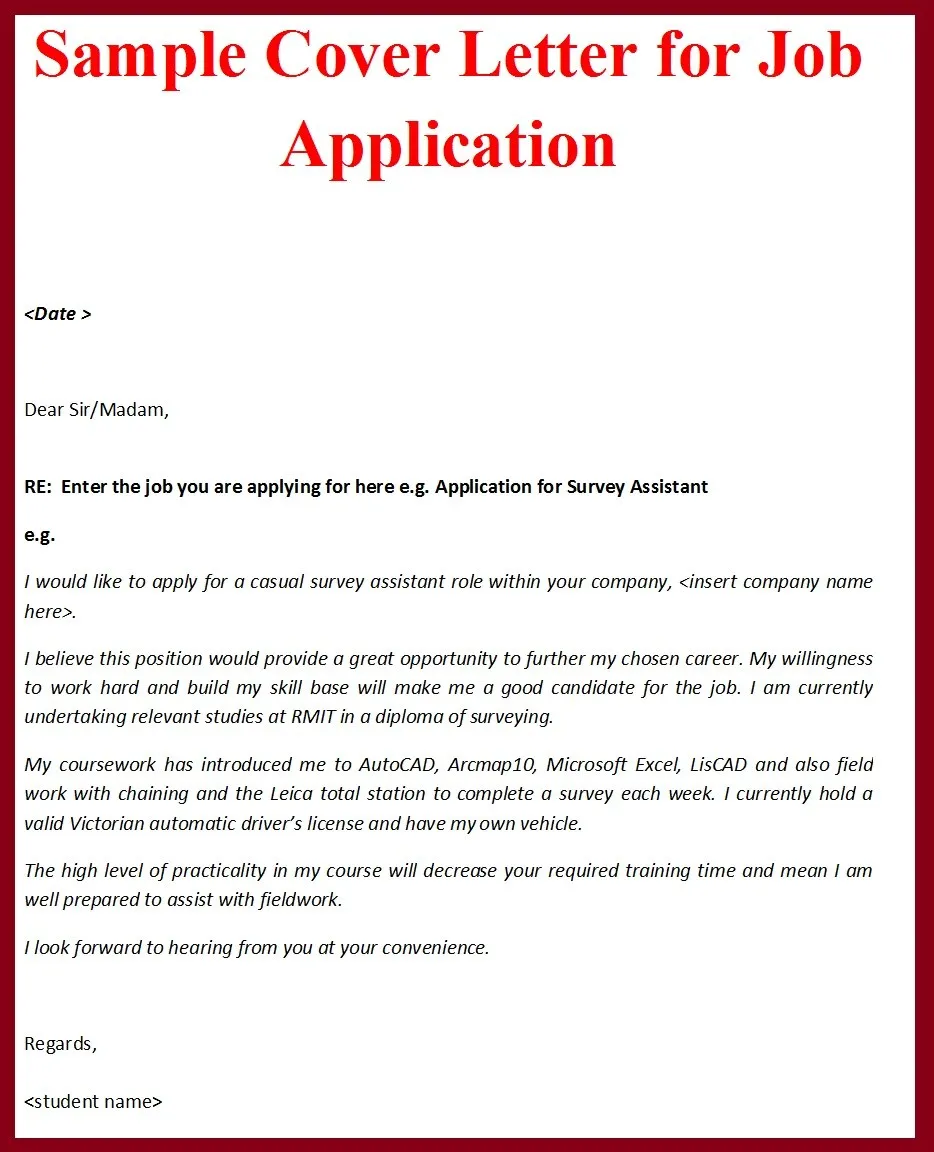
After grabbing their attention, immediately state the purpose of your letter – the job you are applying for. Be specific and clearly mention the job title and, if relevant, the job posting ID or the source where you found the job opportunity. This helps the hiring manager quickly understand the context of your application and ensures your resume gets routed to the appropriate person or department. Being direct and concise in your opening paragraph demonstrates your professionalism and respect for their time. It makes it easy for the hiring manager to understand your intentions, setting a positive tone from the start.
Body Paragraphs Strategies
The body paragraphs are where you showcase your value to the employer. Each paragraph should focus on a specific skill, accomplishment, or experience. Use the job description as your guide, highlighting the requirements and skills they are seeking. Provide specific examples to illustrate how your skills align with the job’s needs. Quantify your achievements whenever possible to demonstrate your impact. Use the STAR method (Situation, Task, Action, Result) to structure your responses and provide a clear and concise narrative. Tailor each paragraph to match the specific requirements of the job, making it clear why you are the best candidate.
Showcase Your Relevant Skills
In the body of your cover letter, focus on the skills that are most relevant to the job. Carefully review the job description and identify the key skills and requirements. Then, provide specific examples from your previous experiences where you have demonstrated those skills. When writing about your skills, don’t just list them; explain how you used them, what challenges you faced, and the results you achieved. Use a conversational tone, as it helps engage the reader. This approach helps you demonstrate your competence and how your skill set aligns with the job requirements, making it easier for the recruiter to see your potential value to the company.
Highlight Your Accomplishments
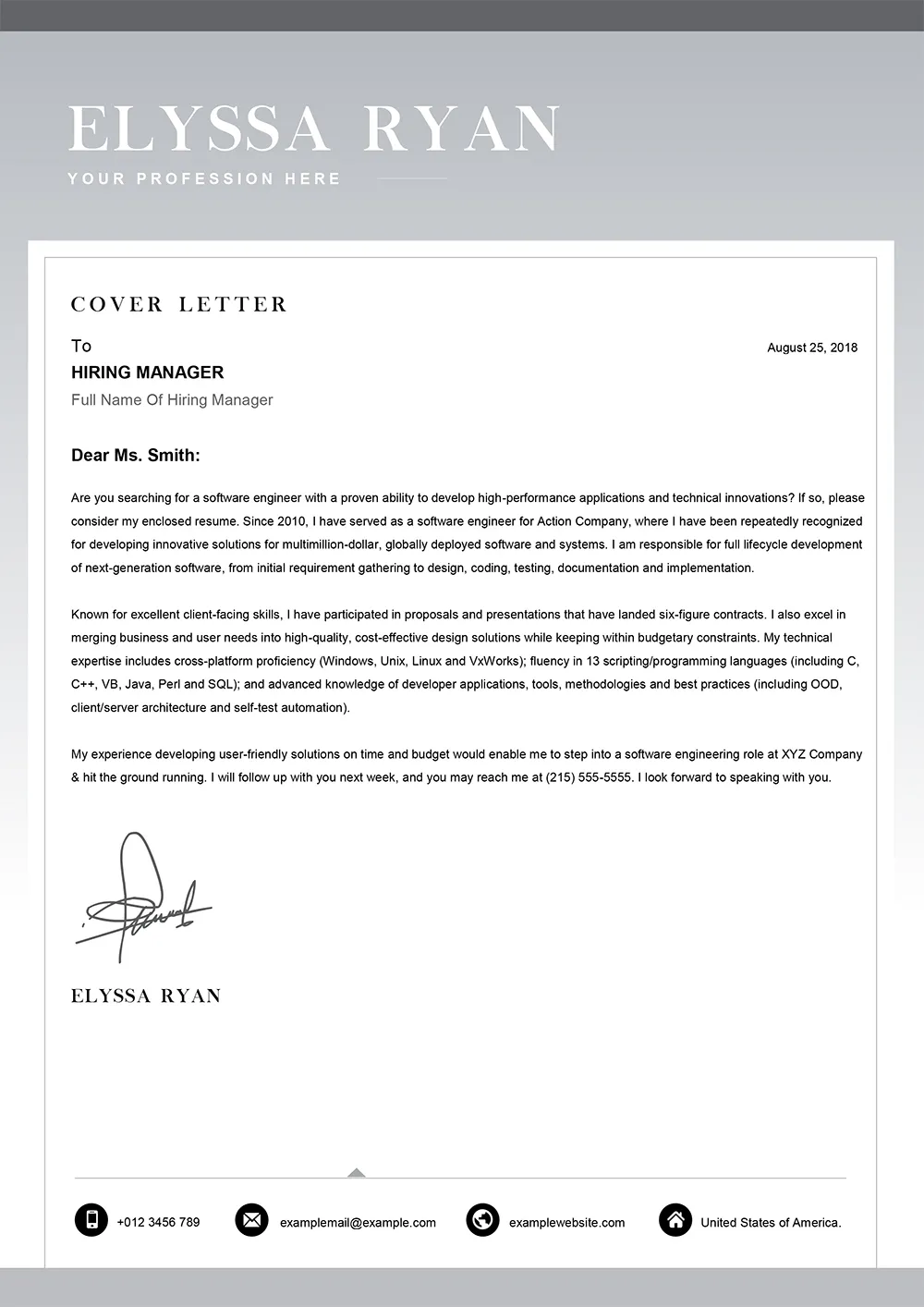
Highlighting your accomplishments is vital to making a strong case for your candidacy. Instead of simply listing your job duties, focus on the outcomes you achieved. Whenever possible, quantify your achievements using numbers and data. For example, instead of saying “Managed social media accounts,” you could say, “Increased social media engagement by 30% in six months.” Use action verbs to describe your accomplishments, making your statements more impactful. This helps demonstrate your ability to deliver results and showcase the value you would bring to the company. Highlighting accomplishments helps differentiate you from other applicants and clearly demonstrates your contributions to past employers.
Use Action Verbs Effectively
Using action verbs is critical to creating a dynamic and engaging cover letter. Action verbs such as “managed,” “developed,” “implemented,” “achieved,” and “led” make your accomplishments more impactful. When describing your experience and skills, start each sentence with a strong action verb. This approach not only keeps your writing lively but also emphasizes your abilities and achievements. Action verbs help the hiring manager quickly understand what you did and the value you brought to previous roles. Avoid passive language and replace it with active verbs to create a clear and compelling picture of your skills and experiences. Proper use of action verbs is crucial for highlighting your achievements effectively.
Tailoring Your Cover Letter
Tailoring your cover letter is a crucial aspect of the job application process. It’s not a one-size-fits-all document, and you should adapt it to each specific job you’re applying for. This involves researching the company, understanding the job requirements, and highlighting the skills and experiences most relevant to that role. Generic cover letters don’t impress hiring managers, who want to see that you have taken the time to understand their needs. Tailoring your cover letter demonstrates genuine interest and increases your chances of standing out. It shows that you’re not just sending out mass applications, but that you are genuinely interested in the position.
Researching the Company
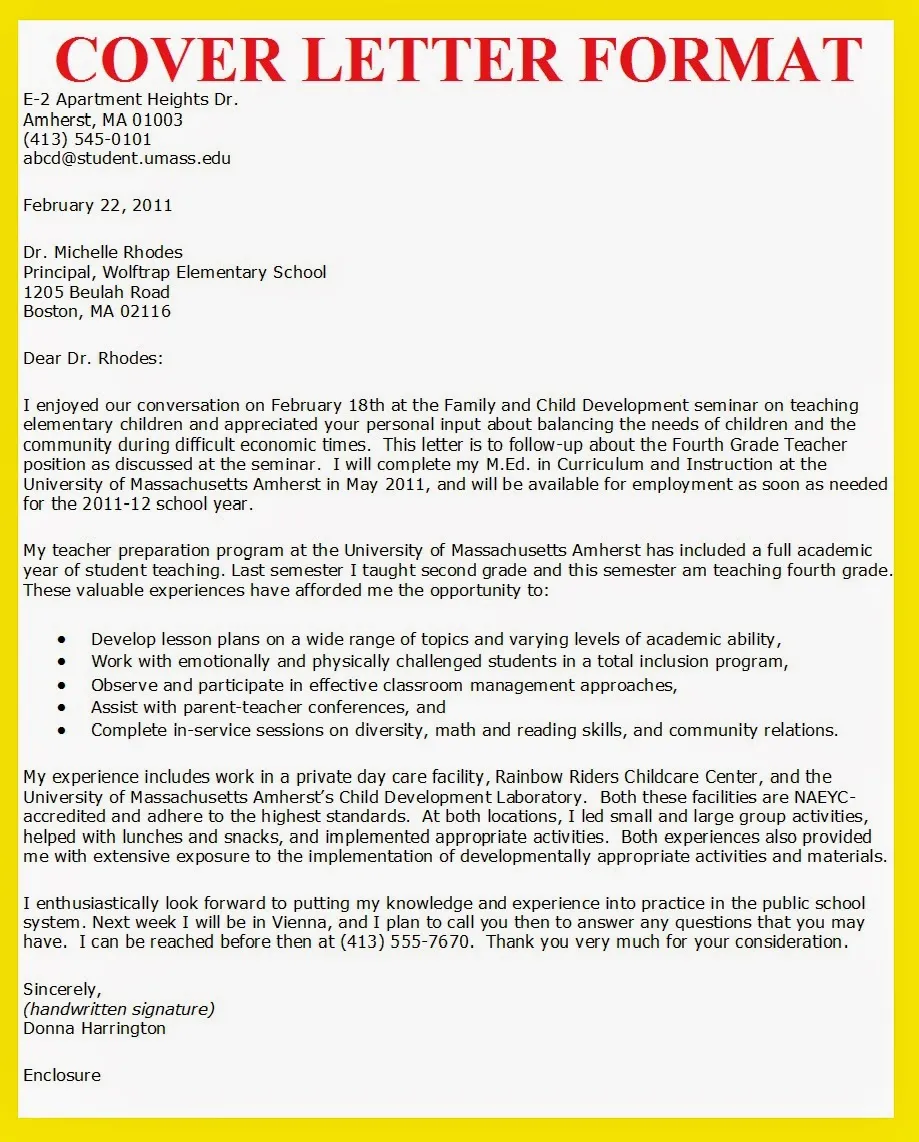
Before writing your cover letter, thoroughly research the company. Visit their website, review their social media profiles, and look for recent news articles or press releases. Understand their mission, values, and the products or services they offer. Knowing the company’s culture and what they value will help you tailor your letter to align with their needs. Researching the company shows that you are genuinely interested in the opportunity and allows you to demonstrate how your skills and experiences align with their goals. It helps you identify the key points to emphasize in your letter, making it more relevant and compelling to the hiring manager. This step demonstrates initiative and preparation.
Adapting to Job Requirements
Carefully read the job description and identify the key requirements. Analyze the skills, experience, and qualifications the employer is seeking. Use this information to tailor your cover letter by highlighting the relevant aspects of your background. Provide specific examples that demonstrate how your skills align with those requirements. When adapting your cover letter, use the same keywords and phrases from the job description to show that you understand the needs of the role. It’s not enough to simply list your skills; you must demonstrate how you have successfully used those skills in past experiences. This approach helps the hiring manager see how you fit the specific role and adds value to the company.
The Closing Paragraph Essentials
The closing paragraph provides an opportunity to express your enthusiasm and include a call to action. Reiterate your interest in the position and the company. Briefly summarize your key qualifications and express your confidence in your ability to contribute to the company’s success. End with a clear call to action, such as requesting an interview or expressing your willingness to discuss your qualifications further. Make sure you thank the hiring manager for their time and consideration. A strong closing paragraph leaves a positive and professional final impression, increasing the likelihood of a positive response and securing an interview.
Express Your Enthusiasm
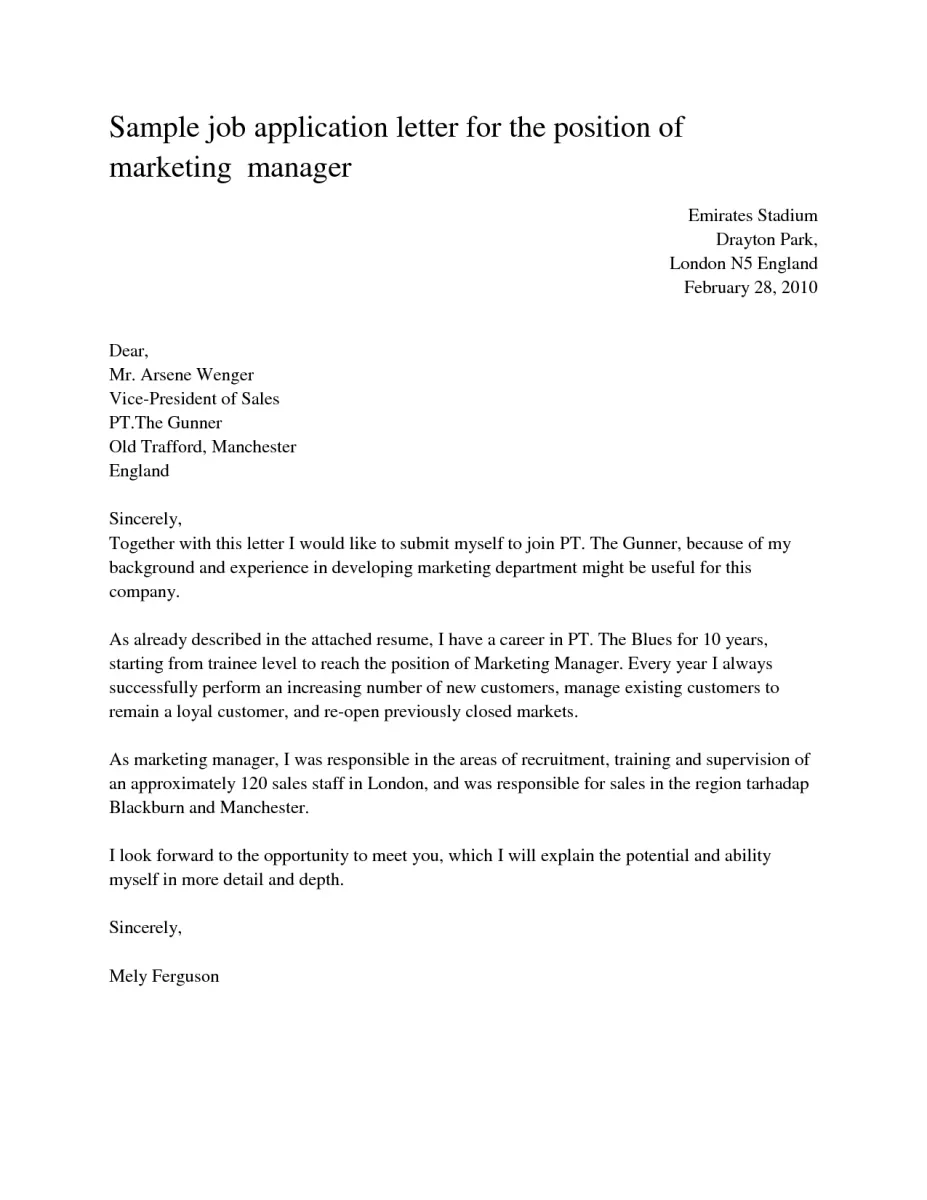
In the closing paragraph, express your genuine enthusiasm for the opportunity. Refer back to something that particularly resonated with you about the company or the role. This helps demonstrate that you have done your research and are genuinely interested in the position. Show that you are eager to contribute your skills and experience. Expressing your enthusiasm makes your cover letter more memorable and makes you stand out from other applicants. Be authentic and genuine, letting your passion shine through. This adds a personal touch and reinforces your interest.
Call to Action (Request an Interview)
End your cover letter with a clear call to action. This directs the hiring manager on what you want them to do next. The most common and effective call to action is to request an interview. Clearly state your availability and willingness to discuss your qualifications further. You can also provide your contact information again, ensuring it’s easy for them to reach you. A clear call to action shows that you are proactive and motivated, making it easier for the hiring manager to take the next step. It encourages them to consider your application and increases your chances of being selected for an interview. Be polite and professional in your closing statement.
Proofreading and Formatting
Proofreading and formatting are crucial steps to make sure your cover letter reflects your professionalism and attention to detail. A well-formatted and error-free cover letter shows that you pay attention to detail and take pride in your work. Poor formatting and grammatical errors can create a negative impression and undermine your qualifications. Take the time to ensure your cover letter is visually appealing, easy to read, and free from any errors. Thorough proofreading and formatting are essential for a successful job application, and it enhances your credibility and increases the likelihood of a positive response.
Formatting for Readability
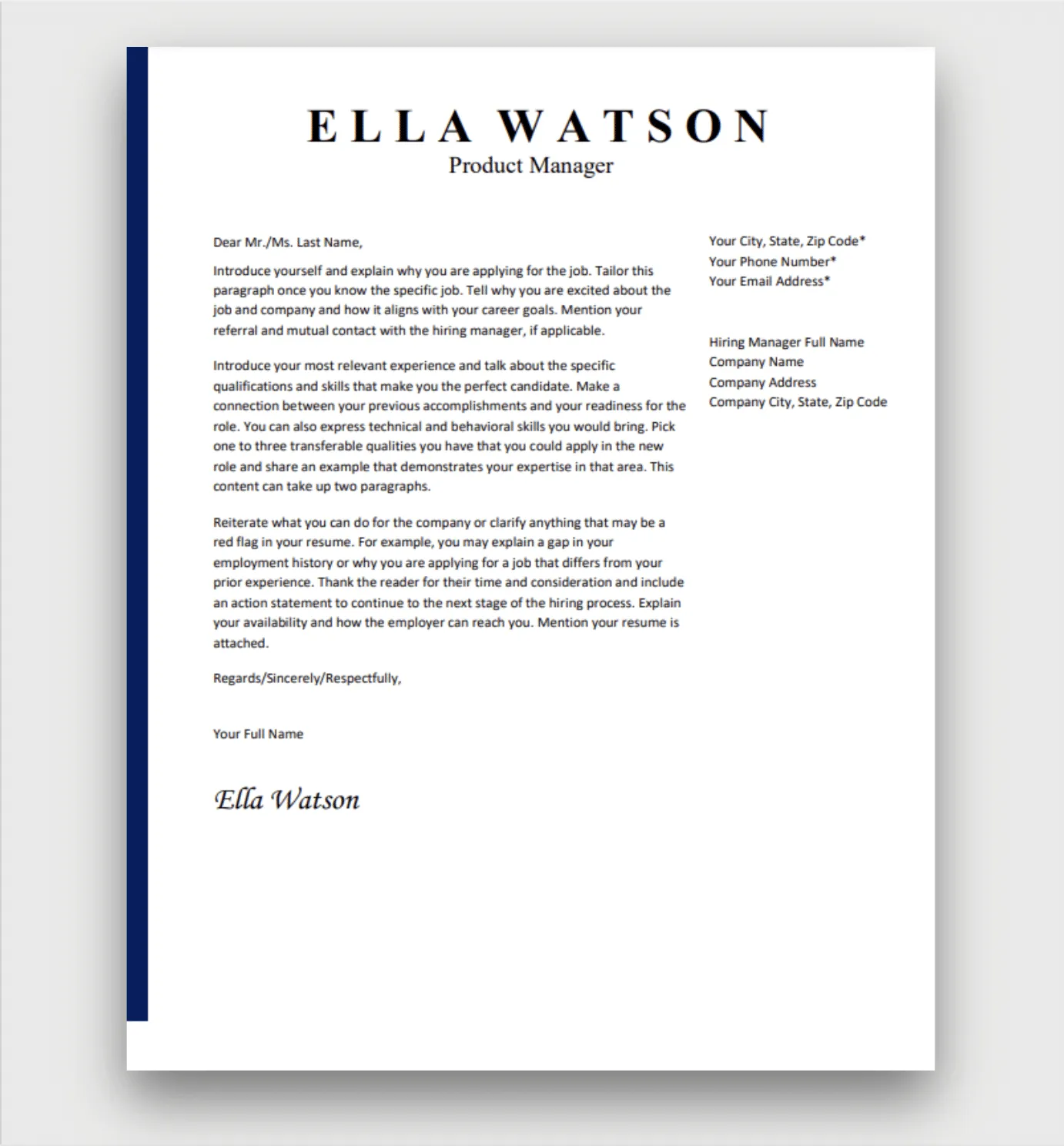
Formatting your cover letter for readability is essential. Use a professional font, such as Arial or Times New Roman, and ensure the font size is between 10 and 12 points. Use clear and concise paragraphs and add spaces between paragraphs for visual clarity. Avoid long blocks of text, and use bullet points where appropriate to highlight key skills or achievements. Ensure proper alignment and spacing throughout the document. The overall goal is to create a document that is easy to read and visually appealing. Good formatting shows that you are organized and attentive to detail, making it easier for the hiring manager to quickly grasp your qualifications. This will boost the overall impact of your cover letter.
Proofreading for Errors
Thoroughly proofread your cover letter for any grammatical errors, spelling mistakes, and punctuation errors. Read it multiple times, and consider having someone else review it for you. Even minor errors can create a negative impression and suggest a lack of attention to detail. Use grammar and spell-checking tools, but don’t rely on them completely; always review manually. Check for consistency in your formatting and use of language. A polished, error-free cover letter demonstrates professionalism and respect for the hiring manager’s time. Taking the time to proofread shows you have put effort into your application and gives the hiring manager confidence in your abilities.
Cover Letter Examples and Templates
Using cover letter examples and templates can be extremely helpful when crafting your own. Many online resources provide various examples and templates, from general cover letters to those tailored to specific industries or job types. These resources can provide a framework and inspiration, helping you understand how to structure and format your cover letter. Be sure to customize any template you use to reflect your unique skills, experience, and the specific job you are applying for. Do not simply copy and paste a template; it’s crucial to personalize it to make sure your cover letter stands out. Reviewing various examples and templates will help you create a powerful and effective cover letter.
